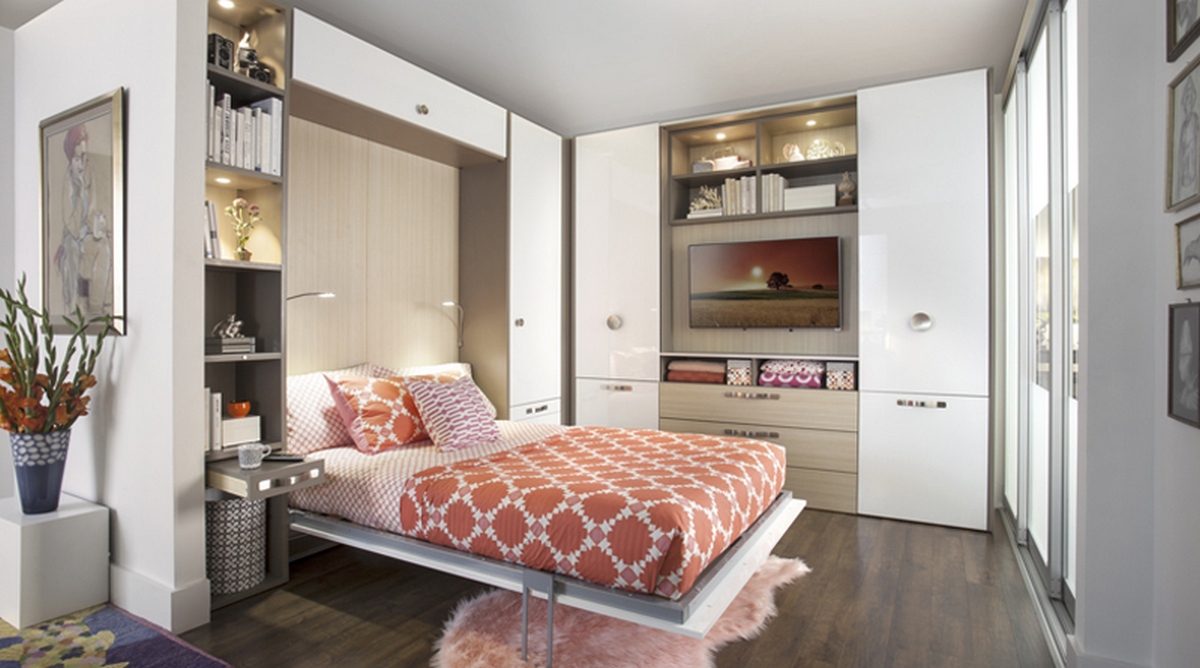
A six-step guide to lift you up while you’re paring down
Life is cumulative!
When my childhood home was sold, it had been lived in by my family for over fifty years. This was not a large house. It was a very modest house, with only about 1000 square feet of living space on the main floor. There was a full basement, which, minus the laundry and furnace areas, provided some additional room, but overall the house was much smaller than the average 3 bedroom bungalow is today.
So when the time came to clear out the rooms for the next owner, we knew none of us were up to the task. Not because we weren’t fit and able, but with fifty years of history and ‘life accumulation’, we’d be going down memory lane with every item we picked up and never get to the bottom of it all. So we hired my brother-in-law and his business partner for the job. As they had no emotional attachment to the house or its contents, reducing and disposing of items was much easier for them that it would have been for my sisters and me.
Moving on can be daunting, even when the move is anticipated and looked forward to. For the most part, entering a new phase and bright new surroundings is exciting and rejuvenating; but doesn’t make downsizing any easier or less work. While the process can’t be skipped, it can be simplified, with some creative, strategic planning.
Here are six steps you can follow to simplify your downsizing adventure.
Step 1: Big Rocks First.
A life coach I met a few years back offered her audience a number of strategies for being more organized and productive at work. One that stuck with me is “big rocks first”. The analogy was filling a jar with rocks. If your tasks were rocks, putting the major tasks (the big rocks), in the jar first let you take care of them and still have room left over to add littler (minor task) rocks, thus collecting more rocks overall. However, if you avoided the big rocks, and kept putting in the little rocks because it was easier and faster, you’d eventually have no room for the big rocks. With that in mind, start the downsizing process by dealing with the big decisions (ie the big rocks), first. Ask the following questions:
- Large appliances. Does the new place have a washer and dryer, fridge or freezer? If not, decide if your existing ones are worth moving or whether you’ll buy new.
- Large items of sentimental value. Do you have heritage furniture, art, or tools that have been kept because of their history? Decide if you would be happier taking them with you, selling or passing on to other family members.
- Collections. Do you have large collections that are important to you? Decide if you prefer to keep them or gift/sell them. The same applies to your current furniture, china, lamps or chandeliers.
- Classic or Hobby cars. Keep, sell or bequeath to someone? If you decide to keep them, determine if there will be room for them at your new location or if you can afford to store them.
- Hobby equipment. Will you continue to use workshop, mechanic or crafting equipment and supplies? Decide if there is appropriate space to store and use them in your new home.
- Musical instruments. Do you play your piano, or is it grandma’s that found its way to your place? If you’re a musician, you’ll likely bring all your instruments with you, as well as music stands, cases and sheet music. Make sure there’s a place for your musical pursuits in your new home; and if you don’t play any more, pass them on to a new young talent, consign or sell privately. Quality instruments have real monetary value!
Step 2: The Sorting Hat
Hogwart’s School had four “houses”. You can apply a similar rule as you begin to de-clutter your current home by creating four “stations” for sorting items, keeping each in a distinct zone or room.
The Four-Station Sorting System
- Give away: Items that friends and family can/will use.
- Donate: Unwanted items that are serviceable or still look good to charitable groups or pickups such as Goodwill, The Salvation Army, Value Village, Re-use stations.
- Sell: Items of cash value that the proceeds could help finance your move.
- Trash: Any items that are clearly broken, no longer useful/wanted, or don’t fall into the other three stations. If you’re on the fence about an item, ask yourself, “will I want this a year from now?”
- Best Practice: Keep on top of your sorting by immediately adding items to their respective stations as soon as you come across them. Don’t wait for the “right time” to start the de-clutter process. Doing it as you go will leave you with larger batches to dispose of at one time.
Step 3: Nooks and Crannies
Score some major wins in the downsizing game by routing little-used or rarely-entered spaces that tend to be ready-made nests for “junk”. These places are usually populated with either junk (aka unused items), memorabilia, or saleable items. Apply the above sorting rules to entire contents of:
- Basement or Crawlspace
- Attic
- Shed
- Garage
- Spare rooms
- Closets (broom or linen)
- Bathroom cabinets
Step 4: Current furniture
Unless you are buying completely new furniture, you’ll want to take at least some of your current pieces with you. Consider closely what furniture you already have will fit in your new place, especially when the new home is significantly smaller.
Get measurements of both your new space and your current furniture to determine if they will fit the new rooms, and also if they will fit through the doors or access points when moving in. Downsizing means eliminating at least some furniture, so decide on the pieces you really want first. The rest can go to a new home, whether that’s with a friend, family member, a storage unit or the local charity dropoff.
Step 5: Everything but the kitchen sink
Hands-down, probably the most, and the most-used items in any home live in the kitchen. Don’t let the sheer volume of kitchenware daunt you. Use the furniture rule from Step 4, and zero in on the items you can’t live without first: your favorite pans, food processor, coffee maker, silverware, prep tools and dishes. Then, the items to eliminate will become more clear.
Step 6: The power of one
You’ve made the tough decisions over large items, culled the furniture collections and implemented the four station campaign. Now it’s time to scour rooms one by one to address the “great unwashed” — the everyday populace of possessions that fill our homes.
Sentimental Journey

My family was musically inclined. The tune “Sentimental Journey” was a swing standard often heard in our house. When it came to downsizing, we turned to outside helpers to avoid getting stuck in a nostalgic fog over everything. The Easter Egg decorating kit; the hand-me-down ice and roller skates; the third grade artwork; the 1960s cookbooks and wooden salad bowls! All of it had a story or memory behind it, and it would have been next to impossible to decide what should stay and what should go.
To keep objectivity, asking certain questions can really put things into perspective. Answer these when “that sentimental feeling” comes over you:
- Do I feel burdened by keeping these items?
- Do these items limit the enjoyment of my home or storage space either individually or collectively?
- Do I see these items often enough that they make a difference in my life?
- Do I use this item often enough to make keeping it worthwhile?
- Is there a way to use this item to enjoy it more?
- Why do I feel the need to keep this?
- Do I really love it?
- Does it have good memories for me?
- Would I feel bad for the person who gave it to me if I let it go?
- Would that person care if I let it go?
- Does it bring me joy, or add value to my life? If not, let it go. (see this post on Hygge in the Home)



